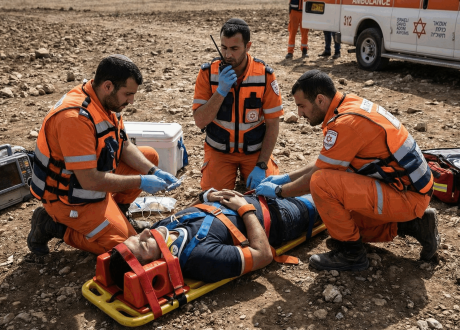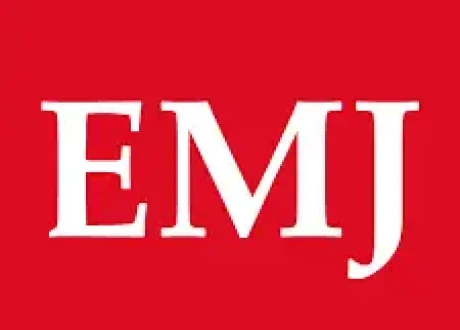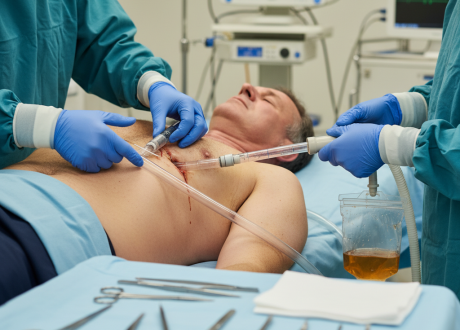TAKE-HOME MESSAGE┬а ┬а ┬а ┬а ┬а ┬а ┬а ┬а ┬а ┬а ┬а ┬а ┬а ┬а ┬а ┬а ┬а ┬а 
- Challenging the established approach to a clinical workup for new-onset epilepsy, using data from 1010 patients who presented with a first-ever seizure event, the authors showed that overnight long-term EEG and MRI had higher sensitivities than routine EEG and CT, respectively, for helping in the diagnosis of new-onset epilepsy. These advanced workup tools provided an additional diagnostic yield of 50% compared with routine methods.
- Differentiating provoked seizures from nonepileptic seizures and epilepsy can be a challenging task. Routine diagnostic tests often fall short, leading to prolonged periods before arriving at an accurate diagnosis for many patients experiencing their first-ever seizure. Although the findings of this study are not novel, they demonstrate that extended EEG and MRI sessions can enhance diagnostic accuracy. This supports the use of these advanced diagnostic tools earlier in patients who present with initial seizure episodes.









The misdiagnosis rates of first seizure and new-onset epilepsy (NOE) are high.1┬аUnderdiagnosis increases the risk of seizure-related injury and death, whereas overdiagnosis can result in stigma and prevents recognition of important conditions such cardiac syncope.
The most critical aspect of accurate diagnosis is a detailed history from the patient and witnesses to the event, typically complimented by laboratory testing. The study by De Stefano et al involving 1010 adults (age, РЅЦ16 years) with a suspected first seizure compared the yield of routine EEG (rEEG) and brain CT with that of an advanced workup including long-term EEG (LTEEG) and brain MRI. LTEEG documented interictal epileptiform discharges (IEDs) in 46% of persons whose rEEG was nonepileptiform, and MRI showed an epileptogenic lesion in 32% of patients with normal CT findings. The superiority of MRI over CT has been previously recognized.2┬аIn the absence of concerning features for an acute brain insult, MRI is preferred owing to its higher yield and absence of radiation exposure.
LTEEG increases yield but also cost and thus should be used judiciously. In De StefanoРђЎs study, only 87 of 374 patients with NOE and nonepileptiform rEEG underwent LTEEG Рђћ presumably many had a suspicious history and/or an epileptogenic lesion on MRI to allow for a definitive diagnosis without LTEEG. In addition, 127 of 501 with NOE (25.3%) had IEDs on rEEG, suggesting that LTEEG is not necessary in all patients with NOE. LTEEG, given its additional yield, should be considered in cases where the diagnosis remains unclear after rEEG and MRI, although interpretation by experts is necessary to avoid over-interpretation.3
De Stefano et al provide key data to support the increased yield of an advanced workup (MRI and LTEEG) for NOE and propose creation of first seizure units or networks for an expedited advanced workup for an appropriate timely diagnosis. In addition to confirming the diagnosis of epilepsy, electrophysiological and imaging studies assist with defining epilepsy type, syndrome, and etiology, which is critical for optimal management and prognosis.
References